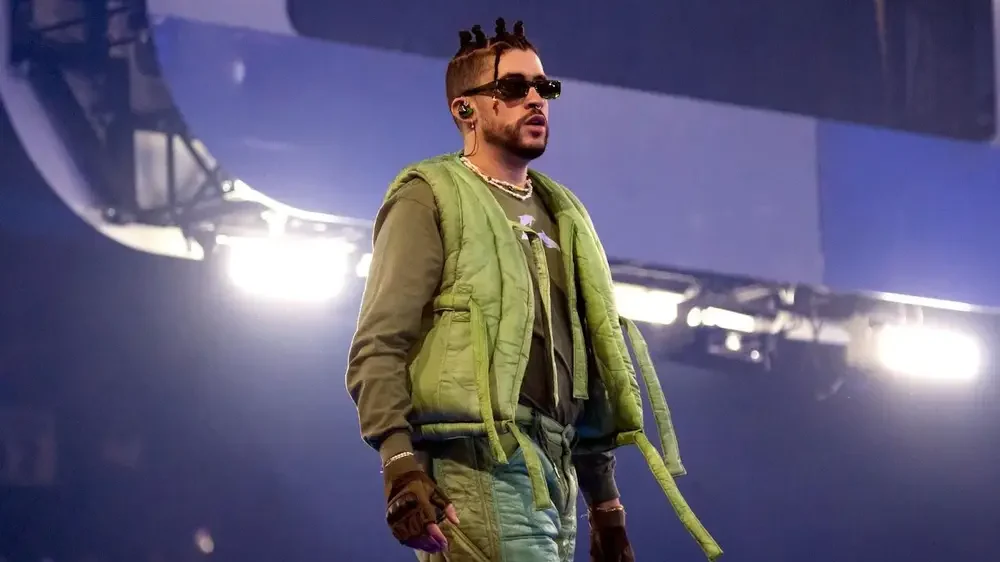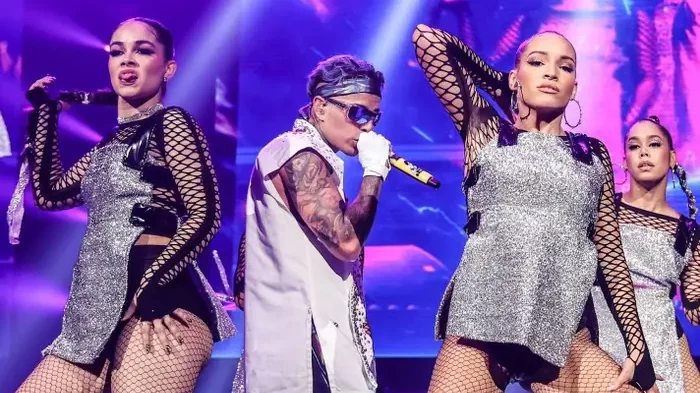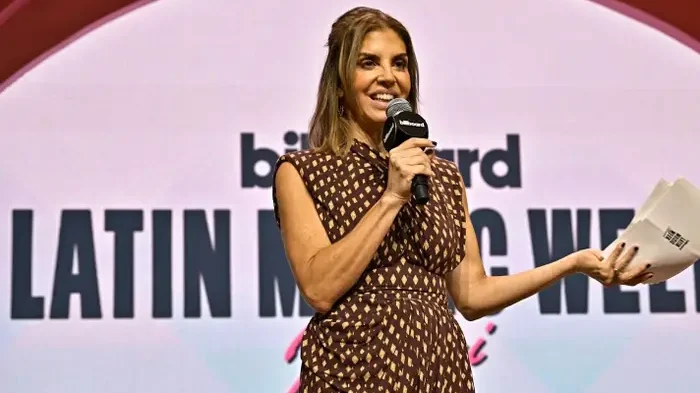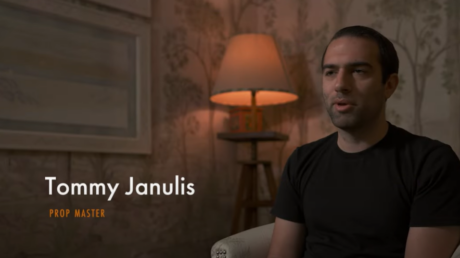Much has been credited to “Despacito.” The Spanish-language track took the international stage by storm and introduced, to a largely unknowing audience, a new genre. The hit single became one of history’s most-streamed songs and spent 16 consecutive weeks at number 1 on the Billboard charts. It was an instant success.
But long before Justin Bieber jumped on the “Despacito” remix and ignited a boom, the consumption of Latin music had already been on the rise. From the 1999 Latin explosion that saw Ricky Martin, Shakira, Marc Anthony, and others crossover to the American mainstream, to Daddy Yankee’s mega-hit “Gasolina,” which cemented reggaeton’s presence worldwide, countless innovators have been molding the Latin music industry into what it is today.
“Latin music is now firmly entrenched in the musical landscape and it will only grow,” said Leila Cobo, VP of Latin at Billboard and author of “Decoding ‘Despacito’: An Oral History of Latin Music.”
Now, Latin music micro-genres like reggaeton, a driving force of Latin pop, are dominating North America with artists like Bad Bunny, Rosalia, Rauw Alejandro, J Balvin, and more leading the charts.

Re-recording songs in English
For years, well-known Latin artists re-recorded their hits in English or adjusted their tracks to be able to cross over into the American mainstream. In the 90s, crossover became a movement.
Ricky Martin’s captivating English-language album “Livin La Vida Loca” broke sales records and hit number 1 on the Billboard 200. Soon after, other US-born stars, like Jennifer Lopez and Christina Aguilera, saw similar successes. Other internationally known artists like Shakira, who first debuted in Spanish, and Marc Anthony, who primarily sang in Spanish, later recorded English-language albums. The Latin crossover became a phenomenon.
“Each of these tracks was pivotal in the development of Latin music,” Cobo said. “They were unique for the time.”
Newer artists like Bad Bunny and Rosalia have found success with American and international audiences without the need to sing in English, pointing, once again, to the well-documented growth of Latin music. A lot of that growth is thanks to the rise in music streaming.

How streaming changed the game
Thanks to the rise of streaming services, access to Latin music has increased exponentially.
Data from subscription-based streaming service TIDAL shows that since 2020, the monthly share of the platform’s users streaming Latin content has increased by 9%. Within TIDAL RISING playlists, a vertical dedicated to highlighting up-and-coming artists, it has nearly doubled with a +91% increase.
Latin music’s streaming growth has shown a 33% increase in 2022, based on Luminate’s 2022 US midyear report. In May 2022, the week after Bad Bunny’s “Un Verano Sin Ti” released, Latin music surpassed country for the first time to become the 4th most popular genre in the United States.
“Thanks to the power of streaming, the diaspora of Latins around the world, and to an increased output of music that connects with many people at many levels, Latin music today is truly part of every music fan’s menu of options and is being consumed like never before,” Cobo said.

The power of collaborations
The pre-internet Latin music industry also didn’t have a lot of what it has now: Artist collaborations.
“The difference between this generation and previous ones is that they’re collaborating more with each other,” Jesús Triviño, a music journalist and Senior Director of Global Latin at TIDAL, said. “Because of the internet and streaming services, there are no longer any barriers. So that’s changed the game and pushed bigger artists to get with smaller, buzzing artists.”
According to Luminate, nearly 1 in 4 Latin songs within the top 10,000 most streamed songs across the industry this year were collaborations, and 79% of Latin music listeners reported that they enjoy when their favorite artists release new music or collaborate with others.
Triviño defines it as the Drake model, where established artists are collaborating with newer artists to remain relevant to the audience of the time.
Collaboration is not only bringing a slew of new hits, but also new sounds. “Artists are experimenting more with pop sounds,” Triviño said. Artists like Rauw Alejandro, in his “Todo de Ti” era, are what we’ll be hearing more of as Latin artists continue to experiment with other genres, Triviño said.
“The reality is that there’s some reggaeton fatigue. Reggaeton now is pop culture. It’s pop music. When it’s popular, people start hating it. So we’re going to see the constant evolution of it.”
The internet, streaming, and social media platforms have allowed for new artist discoveries. Industry leaders are combing through what Triviño calls the “cyber streets” in search of new talent.

The barometer of change
At Billboard’s Latin content division, Cobo saw much of Latin music’s trajectory firsthand, and hopes to continue to follow that rise.
“Billboard has played a huge role in catapulting artists into the international arena. We were not only the first mainstream publication to feature Latin acts on its cover, but we are also the only publication that through the years has showcased artists representing all major genres of Latin music – pop, tropical, urban, regional Mexican – on its cover.” Thanks to Billboard, Cobo said, tastemakers were able to discover artists like Bad Bunny, Karol G, Ozuna, Grupo Firme, and others.
Recently, Billboard launched Billboard Español, an extension of the Billboard brand, in the company’s mission to globalize and meet its Spanish-speaking audience.
“Music in Spanish is now the second most consumed in the world, after music in English. It makes total sense to also give the audience and that industry their news and information in their language,” Cobo said.
This piece was originally published by Insider and was written by Nicole Forero.



